The past year has been interesting, to say the least.
While the COVID-19 pandemic has resulted in restrictions in our daily lives, it also has been one of the busiest years within the farrier industry as horse owners spent more time with their mounts. With increased business comes a greater need for hoof-care education. As the year comes to a close, American Farriers Journal editors compiled the articles that you read most from each month in 2020.
1. Are Farriers Essential in a Time of Pandemic Crisis?
The current impact of the COVID-19 virus on your farrier practice should have you asking whether you are prepared for this pandemic and how you are going to prepare yourself going forward with the ever-increasing measures being taken to curb the spread of the virus. What countermeasures, if any, should we take as farriers? How will this pandemic affect our daily business?
There is a high likelihood that the COVID-19 virus will impact us as farriers for many months to come. It is vital for farriers to seek all measurable alternatives to curb the spread of the virus. Our world and our workplaces are more connected than we think. Here in America, with many states, counties and even towns enacting shelter-in-place rules, farriers are responding to these measures in different ways.
2. Pricing for Trimming and Shoeing | Farriers' Horse Ownership
Nationally, the typical full-time U.S. farrier charges $131.46 for a trim and nailing on four keg shoes while part-time farriers charge an average of $94.49 for the same work.
Some 94% of U.S. farriers are not only involved with the footcare needs of numerous horses, but they and their immediate families also own horses, ride and/or compete in many different events.
3. Alfalfa and the Insulin Resistant Horse
Alfalfa can be an excellent addition to most horses’ diets, even for those that are insulin resistant (IR).
Equine nutritionist Juliet Getty often recommends feeding it because it boosts the overall protein quality of a grass-hay diet and, in general, enhances the horse’s muscle tone, immune system and overall health. Some people, though, just don’t want to feed alfalfa — they believe it causes laminitis. After years of working with horses, it appears that it may, in fact, lead to laminitis in some horses.
4. What Do Hoof Rings Say About a Horse’s Health?
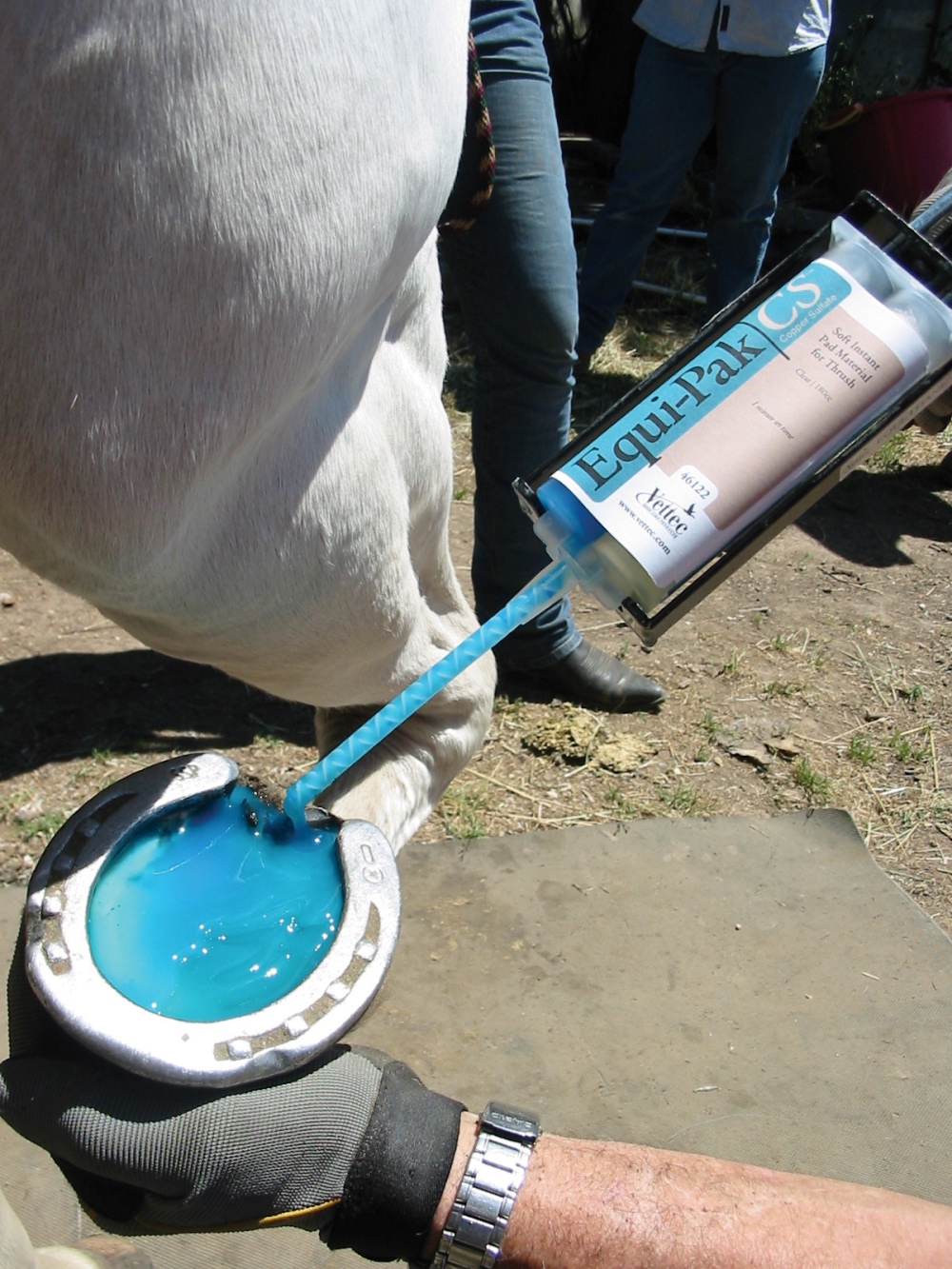
Stress. Although it is a natural part of life, stress can have a negative effect on health, and not just for humans.
In fact, horses can experience a variety of stressors that impact their health. Sometimes, signs of stress can show up in a horse’s feet as hoof rings. To keep horses happy and healthy, it’s crucial for horse owners to identify stressors that can lead to hoof rings, and provide proper care to hooves when needed.
5. Sugardine — A Stinky, Gooey Mess That Works When Treating Wound Injuries
Sugardine is simply a paste of granulated white sugar and betadine solution or scrub mixed to a toothpaste or peanut butter consistency, and it is a remarkably safe and effective wound dressing.
It’s so simple that people can’t believe that it actually works until they see it firsthand. Then afterward, they can’t believe no one ever taught them about sugardine.
6. Making Sure Your Rig Is Legal
Federal and state agencies have been increasing the number of traffic stops on pick up trucks and pick up truck-trailer combinations.
Pickup trucks used strictly for personal non-business or recreational use — such as pulling an RV or personal-use trailer — are not subject to federal trucking authority. But farriers using pick up truck with a farrier body or who use a vehicle to pull a shoeing trailer may have to obtain state or federal trucking authority.
7. Taking The Load Off Sheared Heels
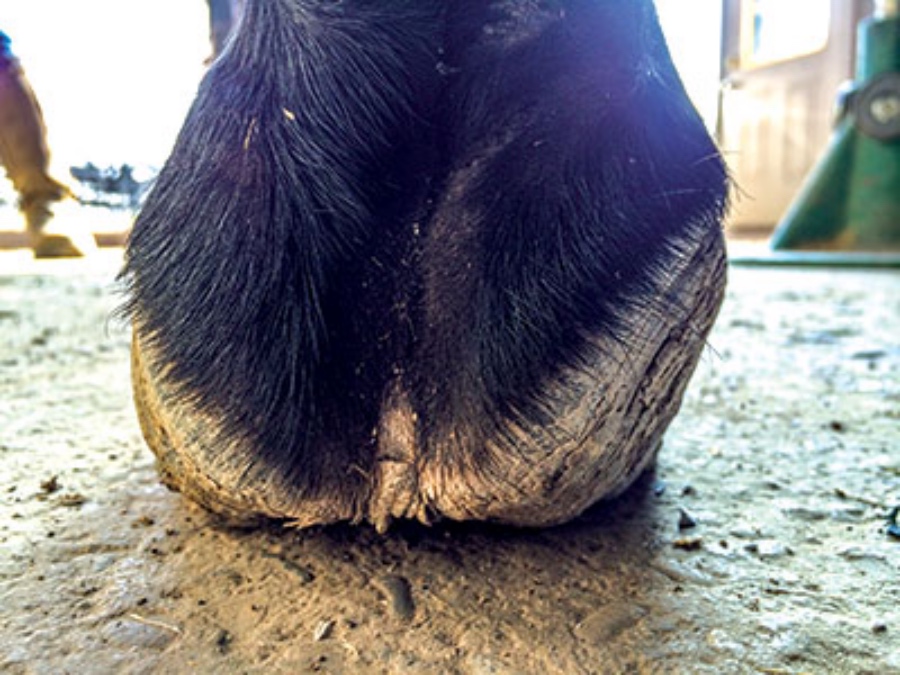
Working in tandem, pressure and time can wreak a lot of havoc.
In geology, over time pressure turns sediment to rock, coal to diamond and can create mountains. Pressure in relation to the equine foot can create mountains, too — mountains of problems. One of those problems can be corrected quite nicely, particularly if caught early.
Sheared heels generally occur when one heel is elevated above the level of the other by a significant amount.
8. Opinions on Preventing and Treating White Line Disease
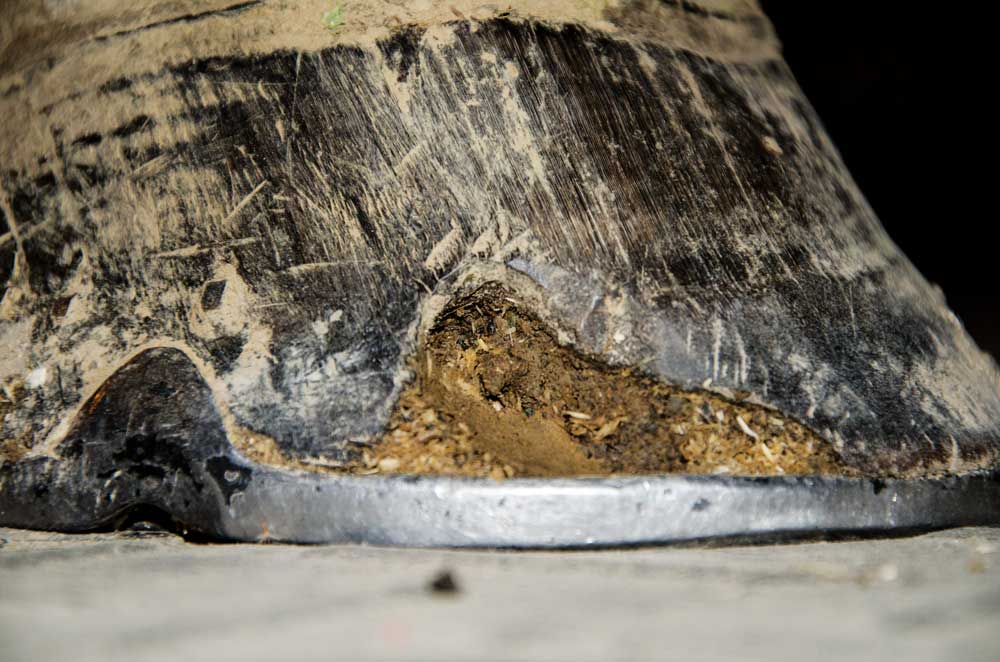
Theoretically, treatment for white line disease should be simple — kill infection-causing bacteria and fungi. In reality, treating white line disease can be far more complicated.
Bacteria and fungi naturally exist inside the hoof wall in a mutually beneficial relationship. In “Taking the Mystery Out of White Line Disease,” SBS Equine researchers Dr. M. John Partens and Dr. Richard Shakalis explained that each organism breaks down in the hoof in a different manner.
In a healthy hoof, these organisms keep each other in a regulated balance. In an unhealthy foot, they take advantage of access to a rich blood supply and create an infection, most often in the stratum medium. Because these organisms counteract each other and prevent one another from over-generating, one can’t be corrected without correcting the other.
9. Dealing With Thrush And White Line Disease
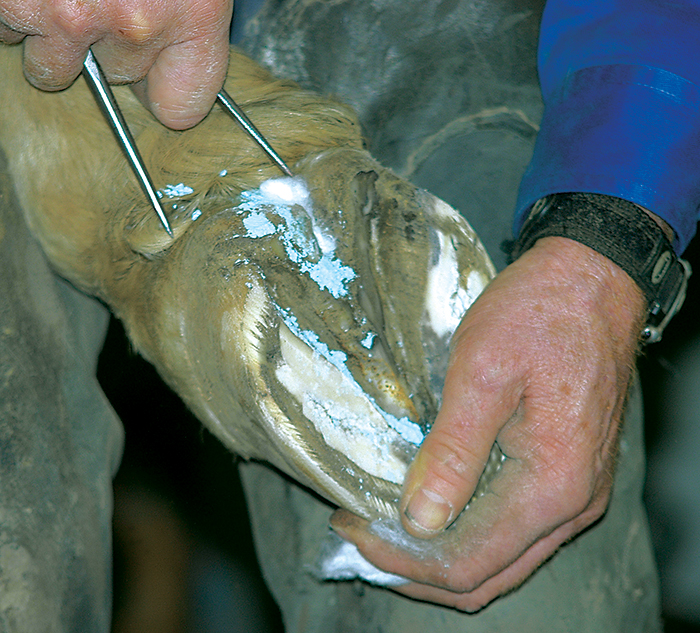
Among the most common problems farriers deal with are thrush and white line disease. Thrush, affecting the sulci of the frog and sometime deeper tissues, is generally caused by bacteria. The most common culprit is fusobacterium necrophorum, which causes a variety of diseases, including navel ill/joint ill in foals, diphtheria in calves and foot rot in cattle.
White line disease (WLD) affects the middle and thickest layer of the hoof wall — the stratum medium — between the outer hoof wall and the insensitive laminae (also called the stratum internum). This disease is caused by keratin-digesting fungi, which enter the hoof through a separation in the hoof wall.
WLD generally starts at the bottom and eats its way upward, creating a separation of the hoof wall and hollow areas between the layers. There are several types of fungi that have been implicated. Treatment consists of opening the damaged area and trimming away all the diseased horn tissue, then treating with a product to kill the fungi.
10. Protect Yourself and Your Clients from the Coronavirus
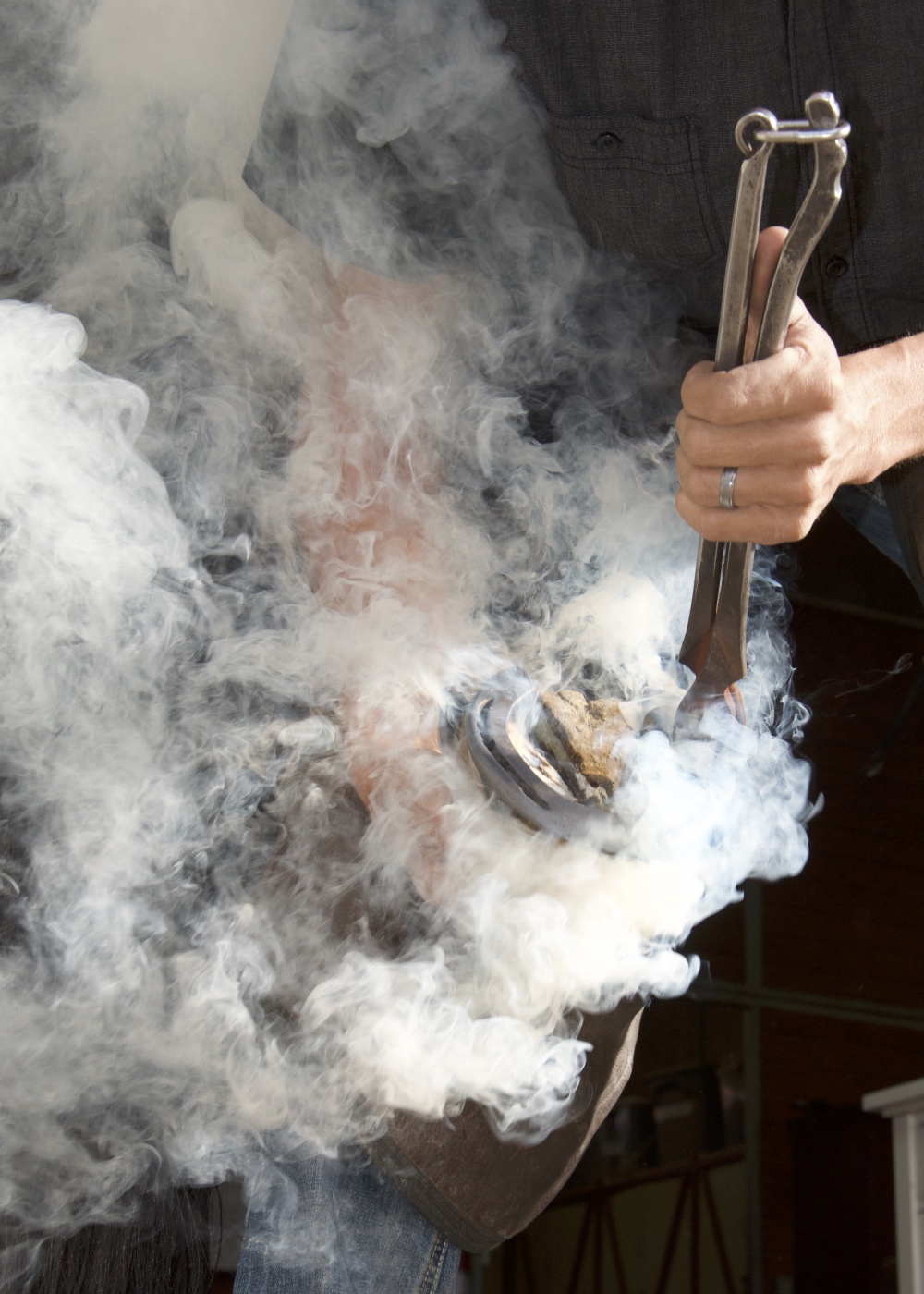
In the midst of the COVID-19 global pandemic, farriers are less likely to be exposed to the coronavirus in your day-to-day work than most workers. Yet, that doesn’t mean you won’t be exposed to it.
Although horses can become infected with the equine enteric coronavirus (EEC), it is not the same as COVID-19.
EEC can cause both respiratory and enteric (or intestinal) signs of disease. It is transmitted when horses ingest the virus through the feces of another horse, according to the Cornell University College of Veterinary Medicine. Common clinical signs include anorexia; lethargy; fever; changes in fecal character (soft) and profuse diarrhea in more extreme cases; leukopenia secondary to neutropenia or lymphopenia; hypoalbunemia and neurologic abnormalities, such as ataxia, depression and recumbency, secondary to hyperammonemia. Death is typically rare.

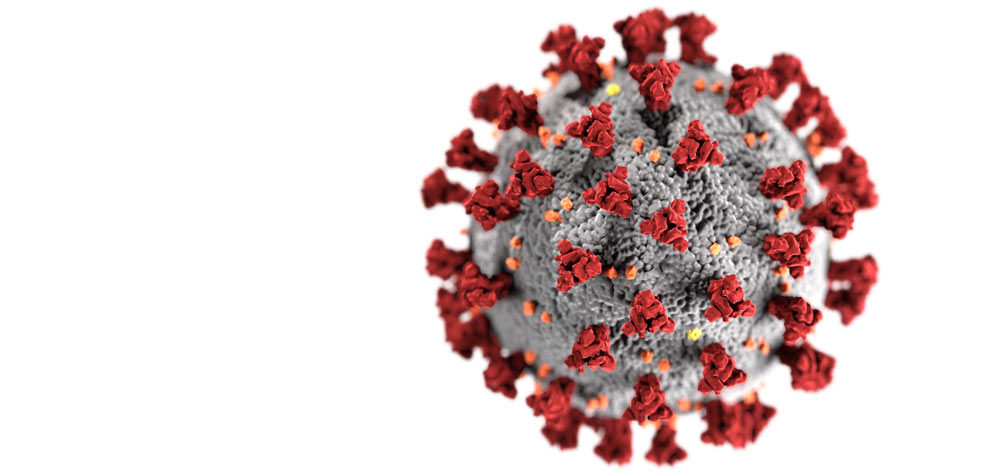






Post a comment
Report Abusive Comment